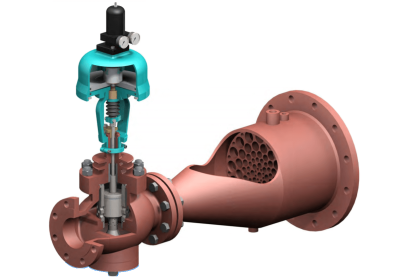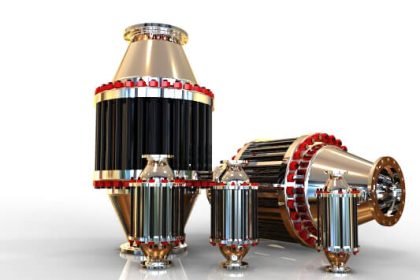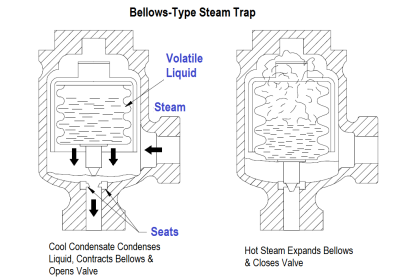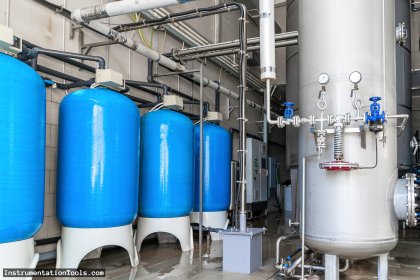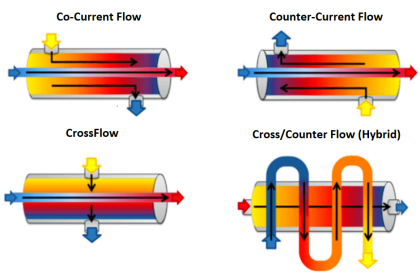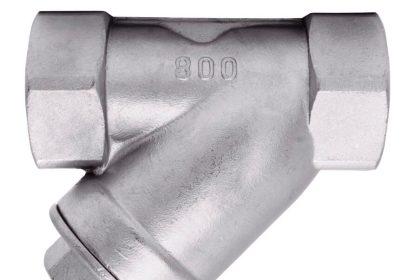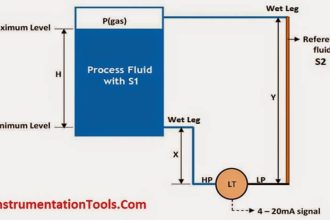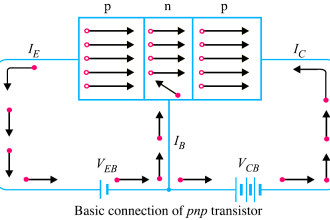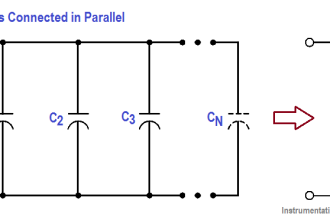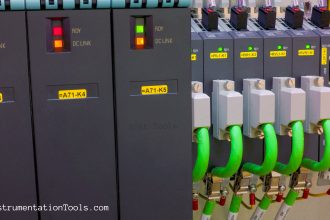The purpose of pumps is to transfer the fluid. In this context, all pumps operate on the displacement principle. Fluid is taken in and transferred to another point.
Basically, pumps are classified into two types.
- Centrifugal pumps
- Positive displacement pumps.
In this article, we will discuss in particular about positive displacement pumps.
Positive Displacement Pump
Pumps that discharge volumes of liquid separated by periods of no discharge. The purpose of positive displacement pumps is for metering, which provides high accuracy.
With a positive displacement pump, a certain volume of liquid is discharged due to the thrust exerted on it by a moving member for each cycle of pump operation.
Liquid flow into the expanding cavity and the same amount of liquid is discharged as the cavity reduces. Therefore, a constant flow is maintained by the pump. A positive discharge pump is a good choice, where discharge pressures vary over a large range, but flow must remain constant.
Positive displacement pumps do not use impellers but based on rotating or reciprocating parts transfer the flow from the suction end to the discharge side.
In case if an outlet is completely closed or got blocked, either the unit driving a pump will stall or something will burst. Hence, a positive displacement type pump requires a pressure regulator or pressure relief valve in the system.
Types of Positive Displacement Pumps
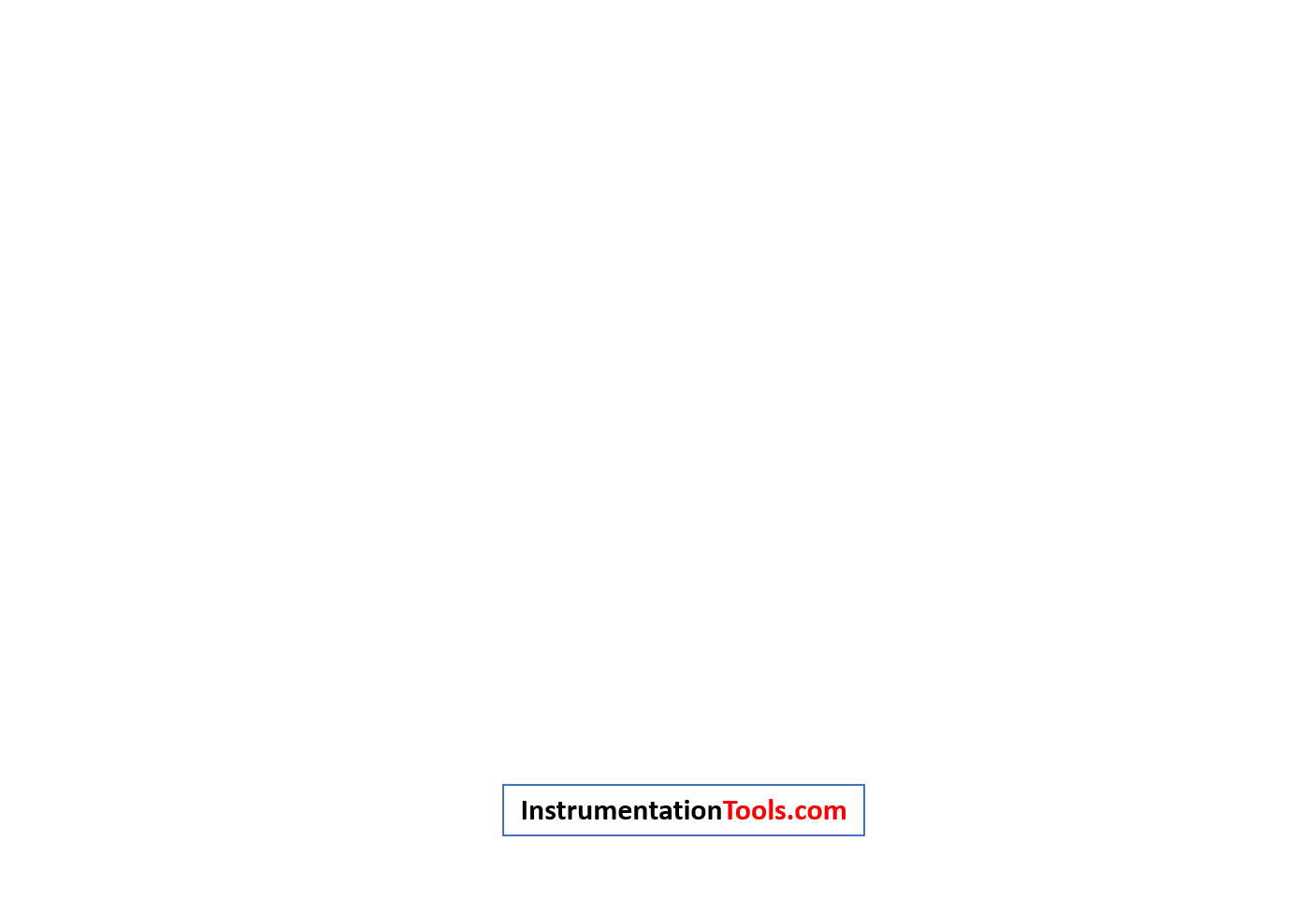
Note: We have another type of classification is there, it is Linear type pumps. It has two types. They are Rope pumps and chain pumps.
Reciprocating Positive Displacement Pumps
A reciprocating pump depends on a reciprocating motion to transmit a liquid from a pump’s inlet to the outlet.
Piston, plunger, and diaphragm cause reciprocating action, which sucks the liquid from the suction, and a fixed amount of liquid is discharged by pushing them into the cylinder.
Piston Pump
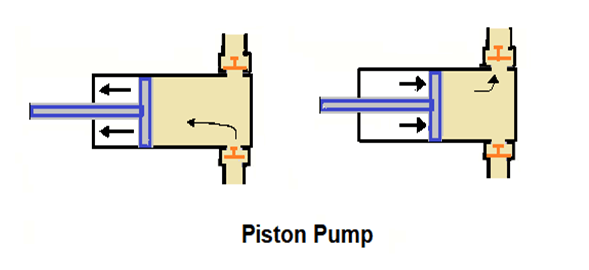
A backward movement of the piston allows liquid to enter into the cylinder and forward movement causes discharge as shown in the above figure.
Plunger Pump
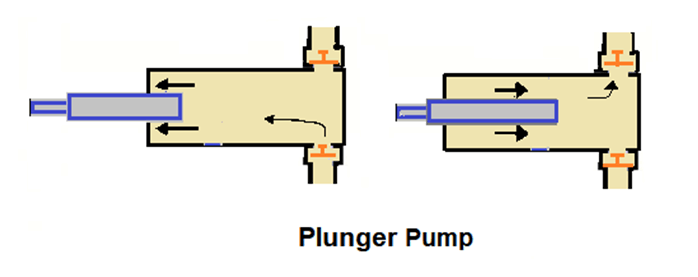
The plunger pump comprises a cylinder with a reciprocating plunger in it. In the head of the cylinder, the suction and discharge valves are mounted on opposite sides as shown in the above figure.
In the suction stroke, the plunger retracts and suction valves open causing suction of fluid to enter into the cylinder. Plunger in the forward stroke pushes the liquid out of the discharge valve.
Diaphragm Pump
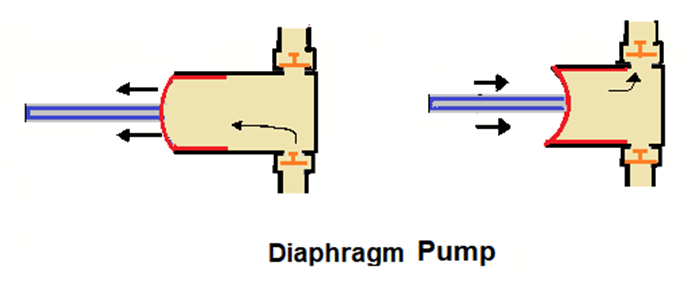
It is a reciprocating pump where the pumping is done by a flexible diaphragm mounted as shown in the above figure.
The main advantage of the diaphragm pump is that there is no possibility of leakage unless the diaphragm gets damaged.
The capacity of a pump is directly proportional to the diameter of the diaphragm, stroke, and rate of reciprocation.
Rotary Positive Displacement Pumps
In this positive displacement type pump, a rotary motion transfers a liquid from a pump’s inlet to its outlet.
A rotary pump is classified according to the type of element that actually transmits a liquid that is by a gear, lobe, vane, and screw-type are popular that are in use.
Gear Pump
Gear Pumps are two types.
1. External gear Pump
2. Internal gear pump

External gear pump consists of driving gear and driven gear arranged in a closely fitted housing.
The gears rotate in opposite directions and engage at a point in the housing between the suction side and the discharge ports. As teeth again engage, they produce a force that drives a liquid through an outlet port.
In the internal gear pump, the teeth of one gear project outwards, while the teeth of another gear project inward towards the center of the pump.
Lobe Pump
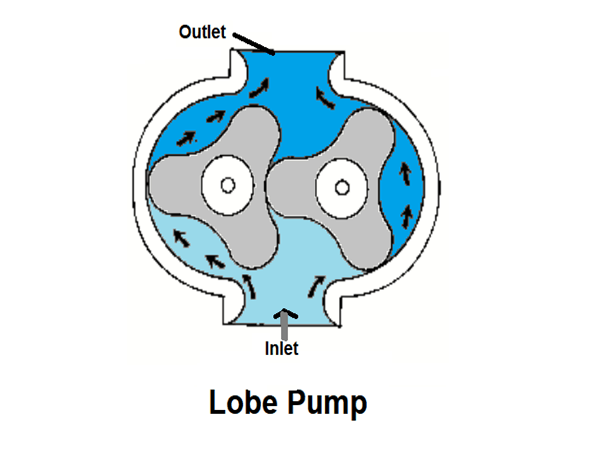
It uses lobed elements, both elements are driven through suitable external gearing. Lobe-type positive displacement pumps are similar to external gear pumps in operation.
They are available in single lobe, double, tri-lobe, and four-lobe construction.
Particle size pumped can be much higher in lobe pumps than any other positive displacement pumps.
Vane Pump
Vane pump is of two types.
1. Balanced Vane pump
2. Un-balanced Vane pump
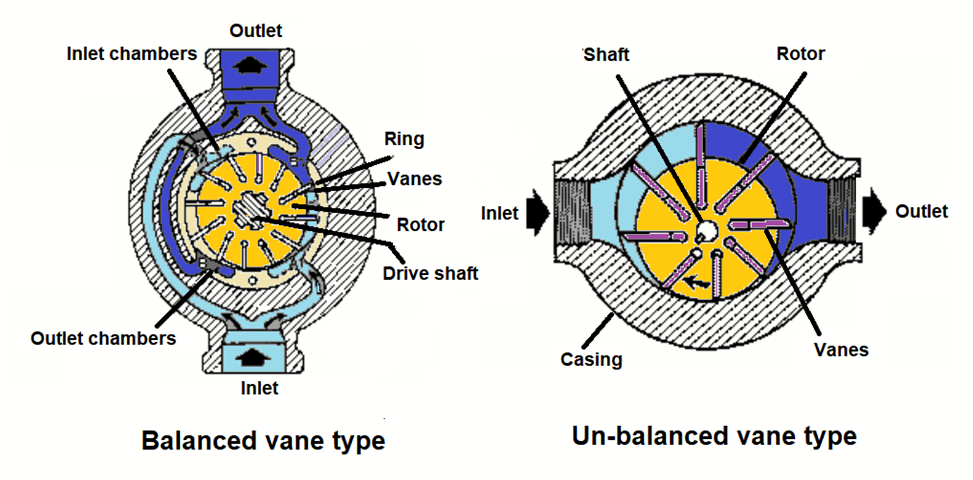
The vane-type positive displacement pump is the simplest has a circular rotor rotating inside a larger circular cavity.
The centers of these two circles are offset, causing eccentricity, the vanes extend and retract while rotating. Vanes are allowed to slide freely into and out of the rotor and seal on all edges, avoids leakages.
It creates vane chambers that do the pumping.
Screw Pump
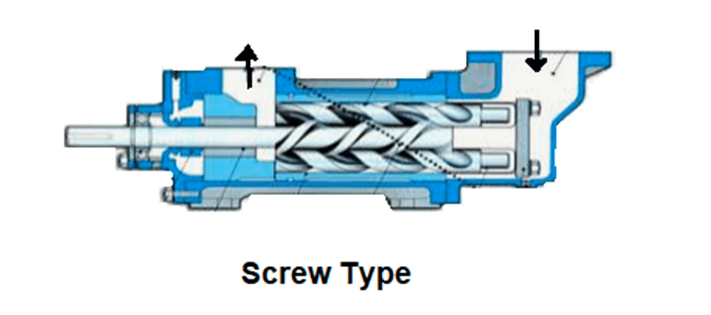
The screw-type positive-displacement pump uses one or more screws to transfer the liquids or solids across the screw axis. It rotates in a cylindrical cavity, hence moving material along the screw spindle.
It has one advantage that the pumped fluid is moving axially without losing flow rate, without turbulence which eliminates foaming chances with viscous fluids.
Reference: Pumps: Rotodynamic and Positive Displacement types, Theory, Design, and Applications. By G.K Sahu.
If you liked this article, then please subscribe to our YouTube Channel for Instrumentation, Electrical, PLC, and SCADA video tutorials.
You can also follow us on Facebook and Twitter to receive daily updates.
Read Next:

